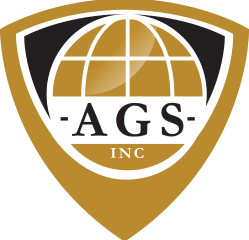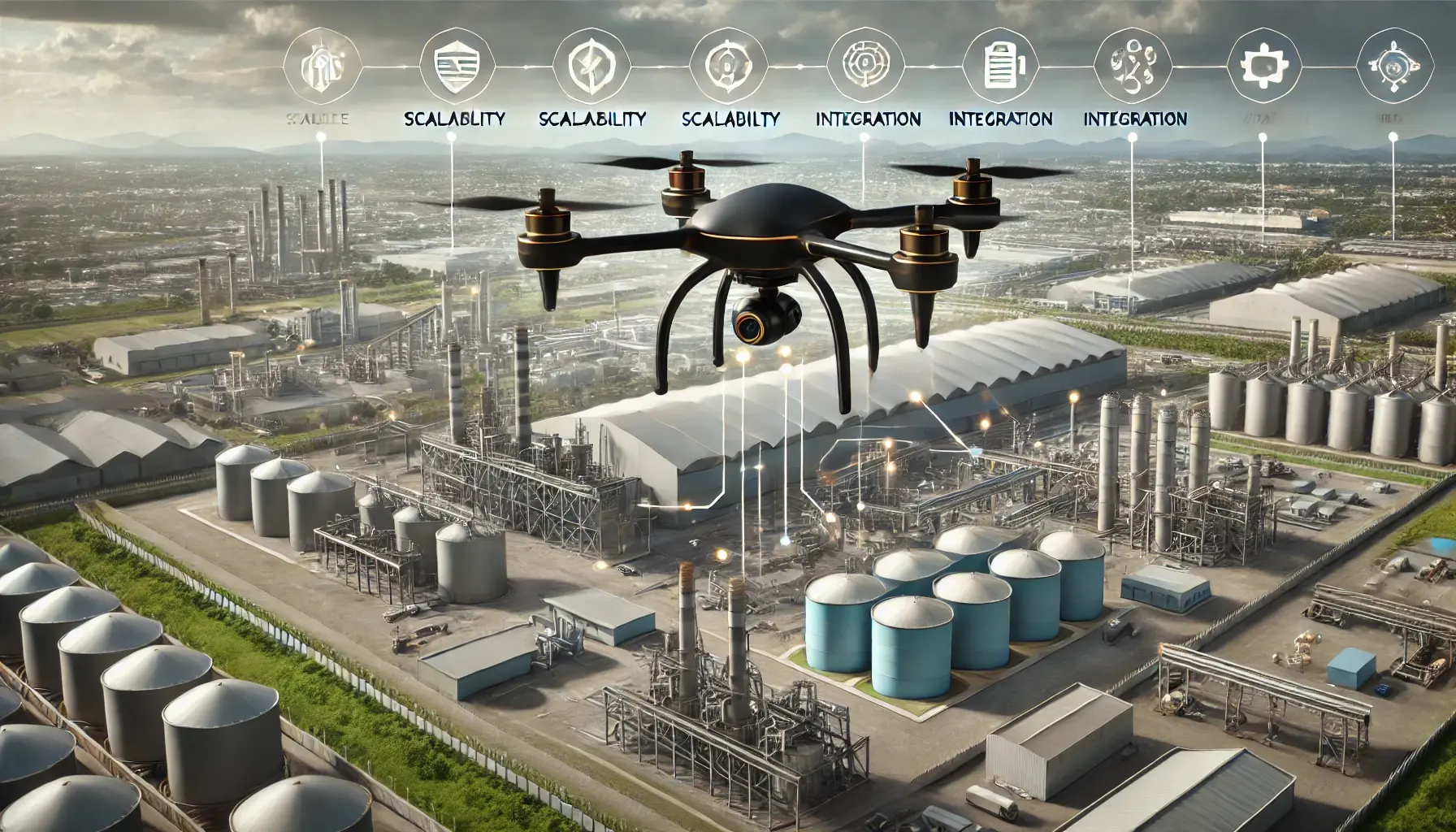Industrial facilities such as warehouses, manufacturing plants, and logistics hubs face unique security challenges. With expansive perimeters, remote locations, and hazardous zones, traditional security systems often fall short. Drone technology has emerged as a powerful solution, but not all drone security providers are created equal. Here’s a guide on what to look for when choosing a drone security provider for your industrial facility, ensuring scalable, reliable, and integrative solutions. Need help setting up aerial drone security for your facility?
1. Scalability: Adapting to Facility Growth
Industrial facilities often expand or evolve, requiring security solutions that can grow with them.
What to Evaluate:
-
Coverage Area: Ensure the provider offers drone systems that can scale to cover large or multiple sites without significant additional investment.
-
Flexible Deployment: Look for providers that can adapt to changing layouts, new construction, or expanding operational needs.
Example Question: Can your drone systems scale seamlessly if we add new storage units or extend the facility’s perimeter?
Why It Matters: Scalable solutions prevent the need for costly overhauls as your facility grows, saving time and resources in the long term.
2. Technology Reliability: Ensuring Performance in Challenging Environments
Industrial facilities often operate in harsh environments, from extreme temperatures to high winds. Your drone provider’s technology must withstand these conditions.
What to Evaluate:
-
Durability: Drones should be weather-resistant, able to operate in rain, wind, or dusty conditions.
-
Battery Life: Long flight times are essential for covering expansive perimeters without frequent interruptions.
-
Real-Time Data: Ensure drones offer high-resolution cameras, thermal imaging, and live feeds for accurate monitoring.
Example Question: What environmental conditions are your drones designed to handle, and how do they maintain performance during extreme weather?
Why It Matters: Reliable technology ensures uninterrupted security, reducing the risk of blind spots or delayed responses due to drone failure.
3. Integration with Existing Systems
Your drone security solution should complement and enhance your current security infrastructure, not complicate it.
What to Evaluate:
-
System Compatibility: Drones should integrate seamlessly with existing CCTV systems, alarms, and access control solutions.
-
Centralized Control: Look for providers offering unified platforms where drone feeds and data can be monitored alongside other security systems.
-
Data Security: Ensure the provider has protocols for encrypting data and protecting sensitive information.
Example Question: How do your drones integrate with our current security systems, and what steps do you take to ensure data security?
Why It Matters: Integration minimizes operational disruptions and maximizes the value of your overall security investment.
4. Proactive Threat Detection and Mitigation
Drones equipped with AI-powered analytics can identify and respond to threats before they escalate.
What to Evaluate:
-
AI Capabilities: Look for features like anomaly detection, pattern recognition, and predictive analytics.
-
Automated Responses: Ensure drones can trigger alarms, send alerts, or track intruders autonomously.
-
Incident Documentation: Drones should provide detailed records, including video evidence, for post-incident analysis.
Example Question: How does your system detect and respond to unauthorized activities, and what automation features are included?
Why It Matters: Proactive threat detection reduces response times and prevents incidents, protecting your assets and minimizing downtime.
5. Training and Support
Effective use of drones requires proper training and ongoing support to address technical issues or optimize operations.
What to Evaluate:
-
Training Programs: Providers should offer comprehensive training for your security team, including operational best practices and troubleshooting.
-
Technical Support: Look for providers offering 24/7 support and rapid response for maintenance or repairs.
-
Regular Updates: Ensure the provider keeps drone systems updated with the latest software and capabilities.
Example Question: What training and support services do you offer to ensure our team can operate the system effectively?
Why It Matters: Adequate training and support maximize the effectiveness of your investment and ensure consistent security coverage.
Key Features to Look for in a Drone Security Provider
| Feature | Importance |
|---|---|
| Scalable Systems | Adapts to growing or changing facilities. |
| Weather-Resistant Drones | Ensures reliability in harsh environments. |
| AI-Powered Analytics | Detects threats proactively and autonomously. |
| Integration Capabilities | Works seamlessly with existing systems. |
| 24/7 Technical Support | Provides ongoing assistance and updates. |
6. Cost vs. Value
When evaluating providers, consider the total value they bring compared to the cost.
What to Evaluate:
-
Transparent Pricing: Look for providers with clear pricing structures and no hidden fees.
-
ROI Metrics: Providers should demonstrate how their solutions reduce costs associated with theft, operational downtime, or manual labor.
-
Scalable Pricing: Ensure the costs align with the size of your facility and increase only as your needs grow.
Example Question: What is the total cost of ownership for your system, and how do you measure ROI?
Why It Matters: Balancing cost with long-term value ensures your investment in drone security delivers measurable benefits.
Questions to Ask Potential Providers
-
Scalability: Can your solution expand as our facility grows?
-
Technology: What makes your drones reliable in industrial environments?
-
Integration: How seamlessly does your system work with our existing infrastructure?
-
Proactive Features: What tools do you offer for detecting and mitigating threats in real-time?
-
Support: What training and ongoing support do you provide?
-
ROI: How does your solution reduce costs or improve operational efficiency?
Frequently Asked Questions (FAQs)
Q: Are drones suitable for all types of industrial facilities? A: Yes, drones are versatile and can be customized to meet the unique needs of warehouses, manufacturing plants, and logistics hubs.
Q: How do drones integrate with existing security systems? A: Modern drone systems are designed to connect seamlessly with CCTV, alarms, and access control systems, creating a unified security platform.
Q: Can drones operate in extreme weather? A: Many professional-grade drones are built to withstand rain, wind, and temperature extremes, ensuring reliable performance.
Q: Is drone security cost-effective? A: Drones reduce costs by minimizing the need for extensive manpower and preventing theft or operational disruptions.
Q: How long does it take to implement a drone security system? A: Implementation timelines vary but typically range from a few weeks to a couple of months, depending on the facility’s size and complexity.
.png)
.png)
.png)

.png)
.png)

.png)
.png)
.png)
.png)
